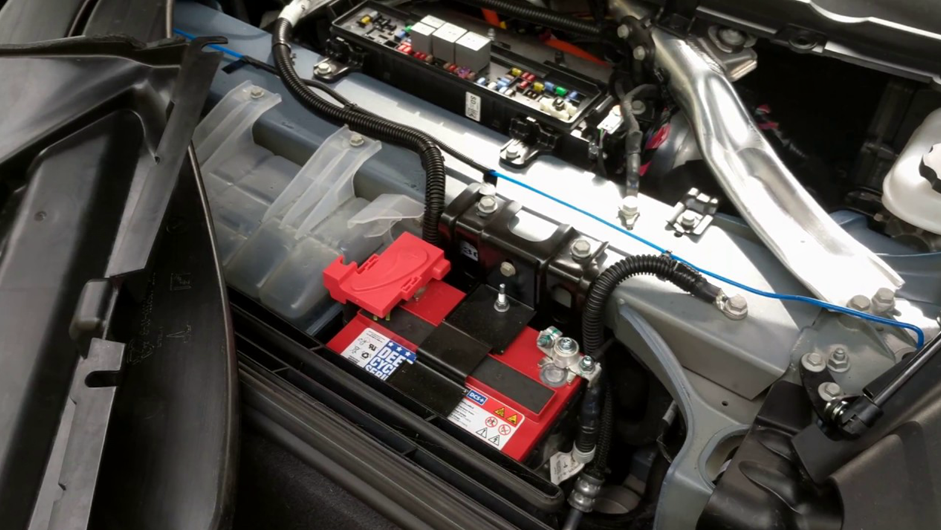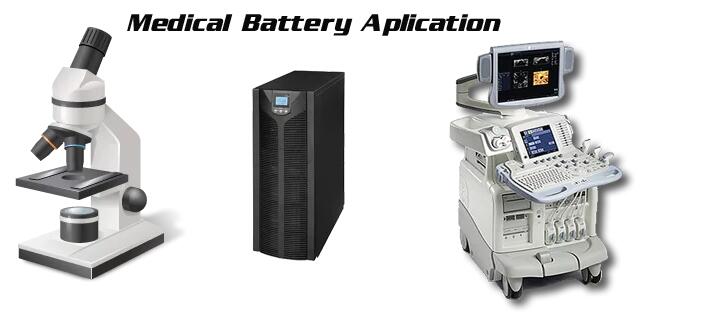how to charge a lithium ion battery with a power supply
Lithium-ion batteries are widely used in electronic devices such as smartphones, laptops, and electric vehicles due to their high energy density and longer lifespan compared to other battery types. Charging a lithium-ion battery with a power supply is a simple process, but it requires caution to avoid damaging the battery or causing a safety hazard. In this article, we will discuss the steps to charge a lithium-ion battery with a power supply.
Step 1: Check Battery Specifications
Before charging a lithium-ion battery with a power supply, it is important to check the battery\’s specifications to ensure that the voltage and current rating of the power supply are compatible with the battery. You can find the voltage and current rating of the battery on its label or in the user manual. If the power supply voltage and current are too high, it can damage the battery or even cause a fire.
Step 2: Connect the Power Supply
After confirming that the power supply voltage and current are compatible with the battery, you can connect the power supply to the battery. It is recommended to use a charging cable that is designed for lithium-ion batteries to prevent short-circuiting or overheating.
Step 3: Set the Charging Voltage and Current
The charging voltage and current should be set according to the battery specifications. The charging voltage for most lithium-ion batteries is 4.2 volts per cell, and the charging current should not exceed the maximum charging current specified by the manufacturer. Some batteries have built-in protection circuits that prevent overcharging or over-discharging.

Step 4: Monitor the Charging Process
During the charging process, it is important to monitor the battery temperature and voltage regularly to prevent overheating or overcharging. Overcharging can cause the battery to swell or even catch fire. If you notice any abnormal behavior such as excessive heat or swelling, stop the charging process immediately and unplug the power supply.
Step 5: Disconnect the Power Supply
Once the battery is fully charged, disconnect the power supply from the battery. Do not leave the battery connected to the power supply for an extended period as it can cause overcharging or damage to the battery.
結論
Charging a lithium-ion battery with a power supply is a simple process, but it requires caution to prevent damage or safety hazards. Always check the battery specifications before charging, use a charging cable designed for lithium-ion batteries, monitor the charging process regularly, and disconnect the power supply once the battery is fully charged. By following these steps, you can ensure the long lifespan and safe operation of your lithium-ion batteries.
-
 As the world becomes increasingly dependent on technology, the need for reliable energy sources has become more important than ever before. Whether you are powering your home, your car, or your outdoor adventures, having a reliable and efficient energy source is crucial. This is where the 100Ah LiFePO4 lithium battery comes in. Lithium batteries have been around for decades,...続きを読む
As the world becomes increasingly dependent on technology, the need for reliable energy sources has become more important than ever before. Whether you are powering your home, your car, or your outdoor adventures, having a reliable and efficient energy source is crucial. This is where the 100Ah LiFePO4 lithium battery comes in. Lithium batteries have been around for decades,...続きを読む -
 In the field of modern medicine, with the rapid advancement of science and technology, various advanced medical devices have emerged in an endless stream, providing strong support for doctors' diagnosis and treatment. Behind these devices, lithium batteries, as an important power source, play an indispensable role. Lithium batteries for medical equipment are not only required to have high energy density,...続きを読む
In the field of modern medicine, with the rapid advancement of science and technology, various advanced medical devices have emerged in an endless stream, providing strong support for doctors' diagnosis and treatment. Behind these devices, lithium batteries, as an important power source, play an indispensable role. Lithium batteries for medical equipment are not only required to have high energy density,...続きを読む -
 アウトドアアドベンチャーが好きな人にとって、信頼性の高い電源は必需品です。かつて、人々は自然の中で電力を供給するためにガソリン発電機に頼らなければなりませんでした。しかし、緊急スターターバッテリーの出現により、緊急事態時にデバイスに電力を供給する方法が大きく変わりました。緊急始動用バッテリーは...続きを読む
アウトドアアドベンチャーが好きな人にとって、信頼性の高い電源は必需品です。かつて、人々は自然の中で電力を供給するためにガソリン発電機に頼らなければなりませんでした。しかし、緊急スターターバッテリーの出現により、緊急事態時にデバイスに電力を供給する方法が大きく変わりました。緊急始動用バッテリーは...続きを読む -
 In today's fast-paced world, industries rely heavily on a continuous and reliable source of energy to power their operations. Whether it's manufacturing, transportation, or even communication, uninterrupted energy supply is crucial for the smooth functioning of various industrial sectors. Industrial Power Products Batteries (IPPB) understands this need and has been at the forefront of providing reliable energy solutions to empower...続きを読む
In today's fast-paced world, industries rely heavily on a continuous and reliable source of energy to power their operations. Whether it's manufacturing, transportation, or even communication, uninterrupted energy supply is crucial for the smooth functioning of various industrial sectors. Industrial Power Products Batteries (IPPB) understands this need and has been at the forefront of providing reliable energy solutions to empower...続きを読む -
 Introduction: Reliable power supply is essential for numerous applications, ranging from electric vehicles to renewable energy systems. A key component in ensuring uninterrupted power is the battery charger. In this article, we will explore the benefits and features of an efficient 48V LiFePO4 battery charger, which is known for its reliability and effectiveness in providing a stable power supply. ...続きを読む
Introduction: Reliable power supply is essential for numerous applications, ranging from electric vehicles to renewable energy systems. A key component in ensuring uninterrupted power is the battery charger. In this article, we will explore the benefits and features of an efficient 48V LiFePO4 battery charger, which is known for its reliability and effectiveness in providing a stable power supply. ...続きを読む -
 Replacing a jump starter battery is a relatively simple process that can be accomplished with a few basic tools and the right replacement battery. In this guide, we will walk through the steps required to replace a jump starter battery, including identifying the correct replacement battery, removing the old battery, and installing the new one. Step 1: Identify the...続きを読む
Replacing a jump starter battery is a relatively simple process that can be accomplished with a few basic tools and the right replacement battery. In this guide, we will walk through the steps required to replace a jump starter battery, including identifying the correct replacement battery, removing the old battery, and installing the new one. Step 1: Identify the...続きを読む -
 When it comes to batteries, there are two main types that are commonly used in various applications – deep cycle batteries and starting batteries. While they may appear similar, these batteries have different designs and are designed to serve different purposes. Understanding the differences between the two is crucial for making the right choice for your specific needs. In...続きを読む
When it comes to batteries, there are two main types that are commonly used in various applications – deep cycle batteries and starting batteries. While they may appear similar, these batteries have different designs and are designed to serve different purposes. Understanding the differences between the two is crucial for making the right choice for your specific needs. In...続きを読む

